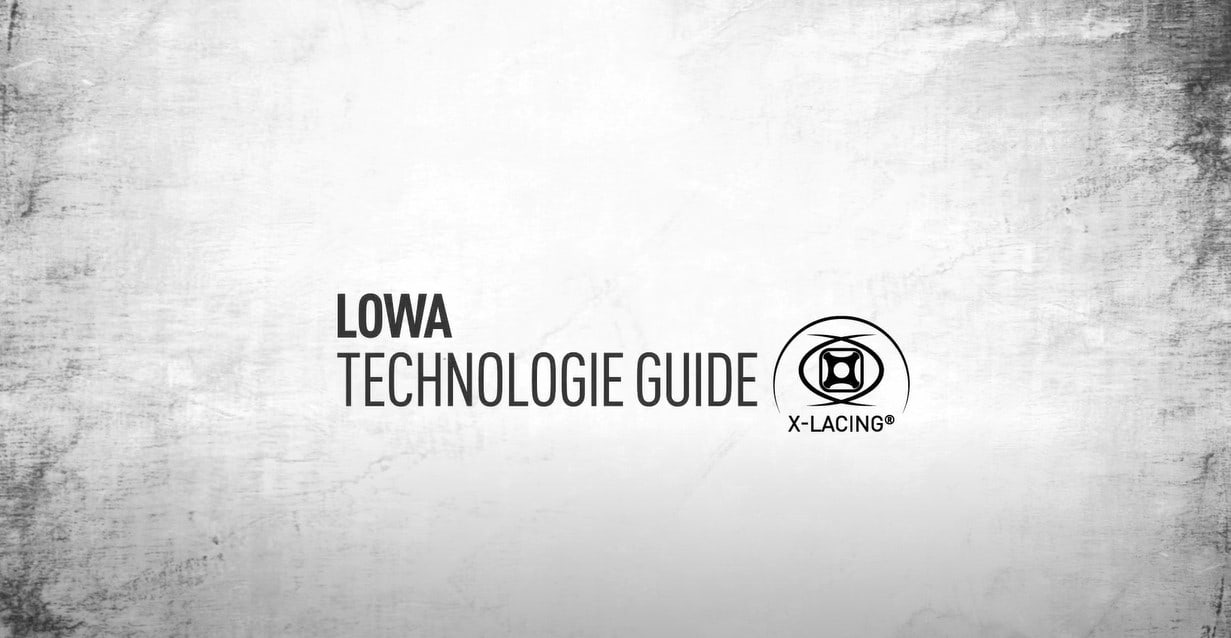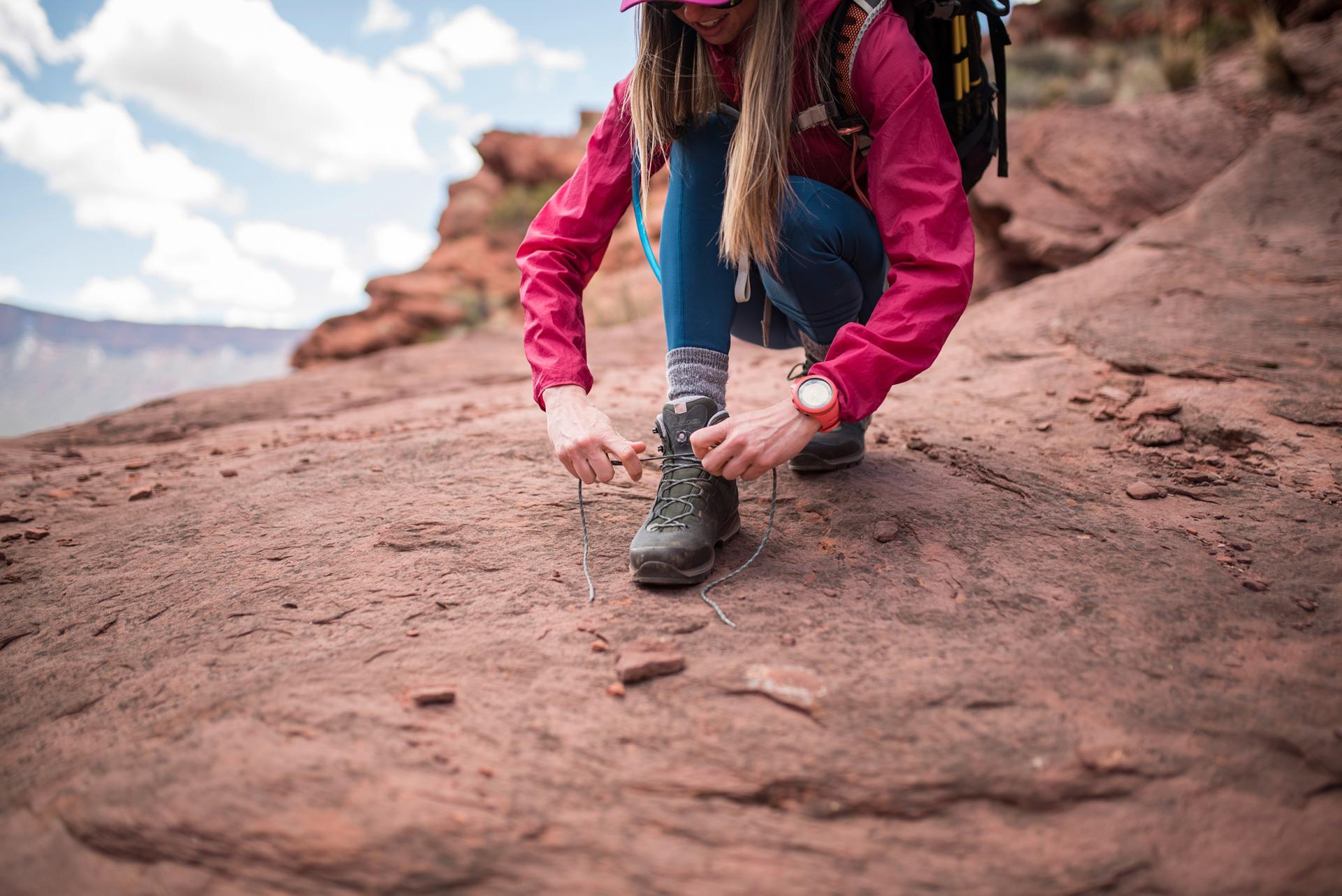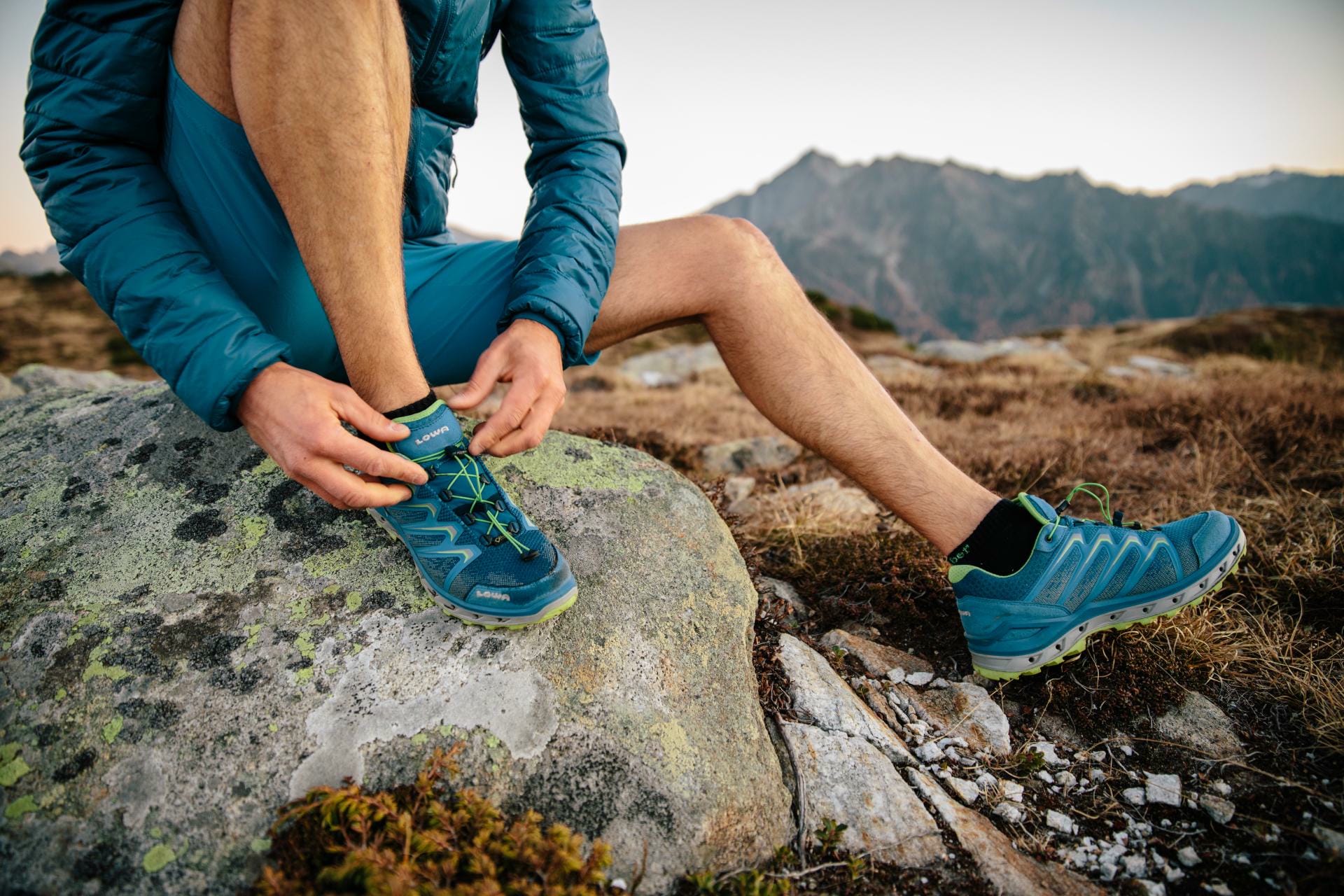The X-Lacing hook on the tongue of some TREKKING and MOUNTAINEERING shoes allows the tongue to be optimally centred. This prevents the tongue from slipping during walking and causing unpleasant pressure points. The special lacing around the hook fixes the tongue both vertically and horizontally. The lacing is independent of the individual height of the instep and is therefore ideal for every foot.
As beautiful as mountain sports are, they can also be dangerous. Your actions and behaviour are based on personal responsibility and you are responsible for your own actions, decisions and safety. As well as choosing the right equipment, you should always keep an eye on your own fitness and condition. Overestimating yourself has no place in the mountains! Do you know what your fitness level is? Then you've already taken the first important step towards a great mountain tour. In the second step, we want to give you a few useful tips on how you can optimise your shoe lacing or where you can get help if you need it.
LACE UP X-LACING CORRECTLY
SAFETY FIRST
Mountain sports are dangerous and are based on personal responsibility. You are responsible for your own actions, decisions and safety. Therefore, check your shoes for defects and damage before every tour.
-
Always tie all hooks/loops on the shoe and tie a tight loop.
-
Stow the lace loops and lace ends in the upper if they are too long, stick out or are not covered by your trousers.
-
In the case of quick fasteners, there is a device on the shoe for stowing the ends.
Please note that soles change their grip in damp and cold conditions. This increases the risk of slipping, especially on smooth surfaces such as polished stones, roots, branches, tiles, tarmac or metal grids. Snow, ice and winter conditions also change and reduce the grip of the sole, as does a worn profile. The use of very old shoes can lead to dangerous situations in alpine terrain.
CORRECT LACING
We've all learnt it once and we do it almost every day: tying our shoes. Most of the time we don't even have to think about it. So what's so special about lacing up hiking boots?
Even more important than in everyday life is the right fit in your shoes. Hiking boots need to fit well and firmly so that you have a good grip. Stumbling on exposed paths could quickly lead to dangerous situations. And that's nothing new: you're more likely to trip in loose-fitting shoes!
Of course, you shouldn't tie your shoes too tightly either, as you don't want to strangulate your feet. It is always important that the tongue is centred. You should also retie your shoes after a good half to three quarters of an hour, as your feet will swell and widen a little with the exertion. Or, of course, the material and the laces will give a little.
And if the shoe does start to pinch, a different lacing technique may also help.
PREPARED FOR AN EMERGENCY
Of course, nobody hopes that it will ever come to that. But you should be prepared for anything, especially in the mountains, as help is much more difficult to get and reach than in the city, for example.
So if you have to make an alpine emergency call, the five important W questions apply:
-
Where?
-
What?
-
Who?
-
How many?
-
Weather?
The emergency number in Europe is 112, which you can call in all EU countries. In addition, there are also special mountain rescue numbers that are valid in Germany:
Austria: 140
Switzerland: 1414
More tips & stories
-
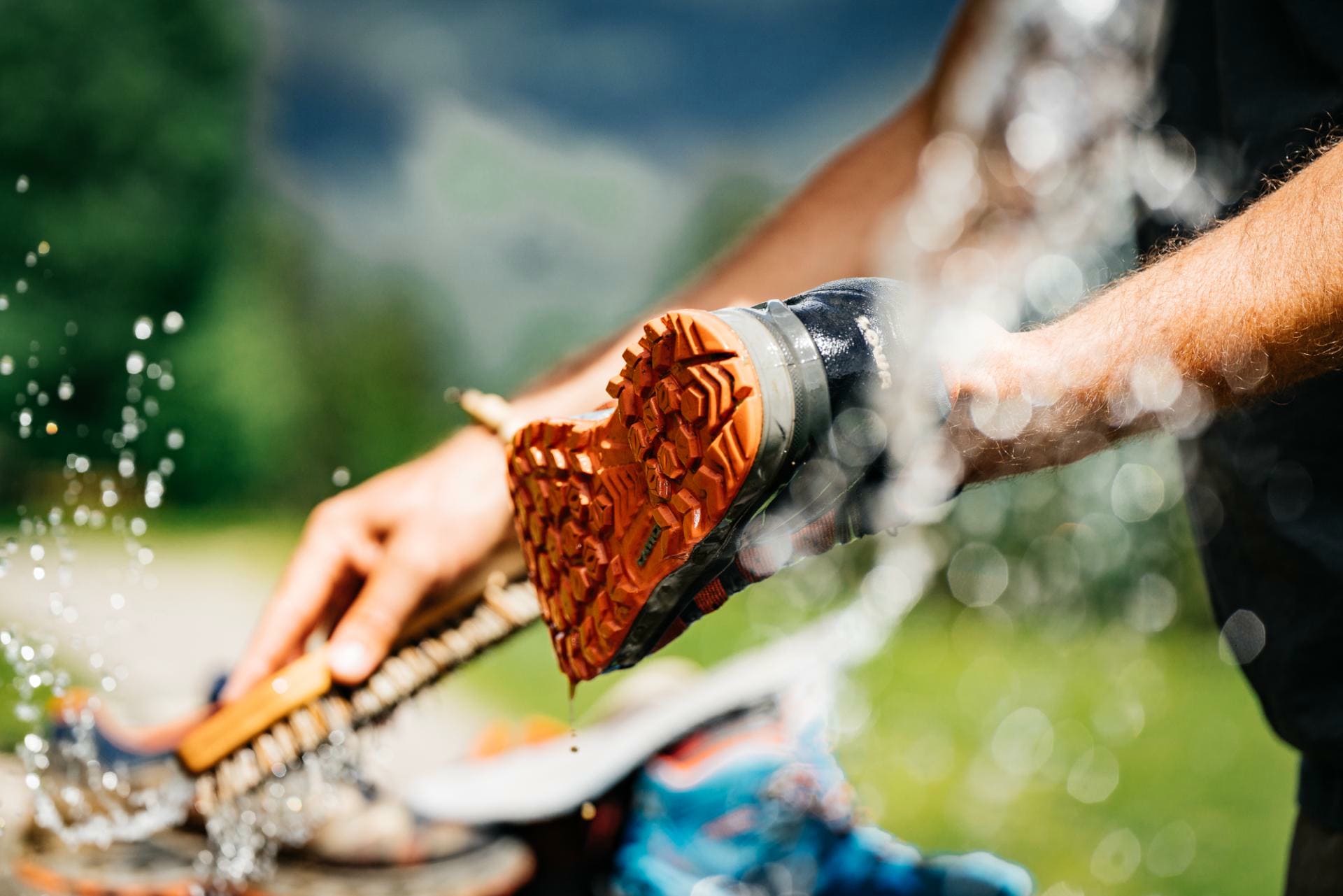 Care tipsMore
Care tipsMore -
 Equipment tipsMore
Equipment tipsMore -
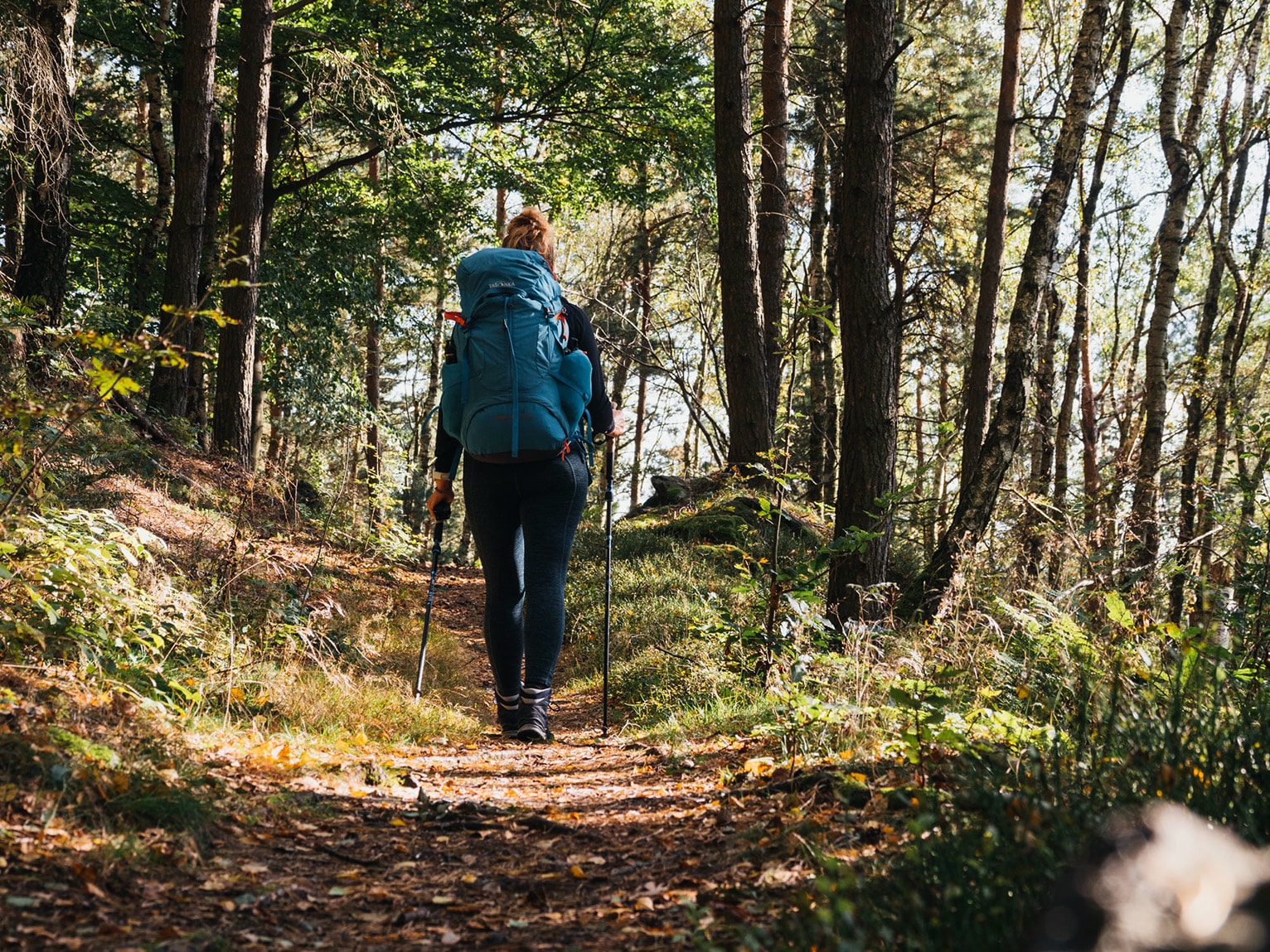 The first long-distance hike tips for beginnersMore
The first long-distance hike tips for beginnersMore -
 The microadventures of our adventurersMore
The microadventures of our adventurersMore -
 Hiking planning from A to ZMore
Hiking planning from A to ZMore -
 Stay fit through the winterMore
Stay fit through the winterMore -
 Women's hikesMore
Women's hikesMore -
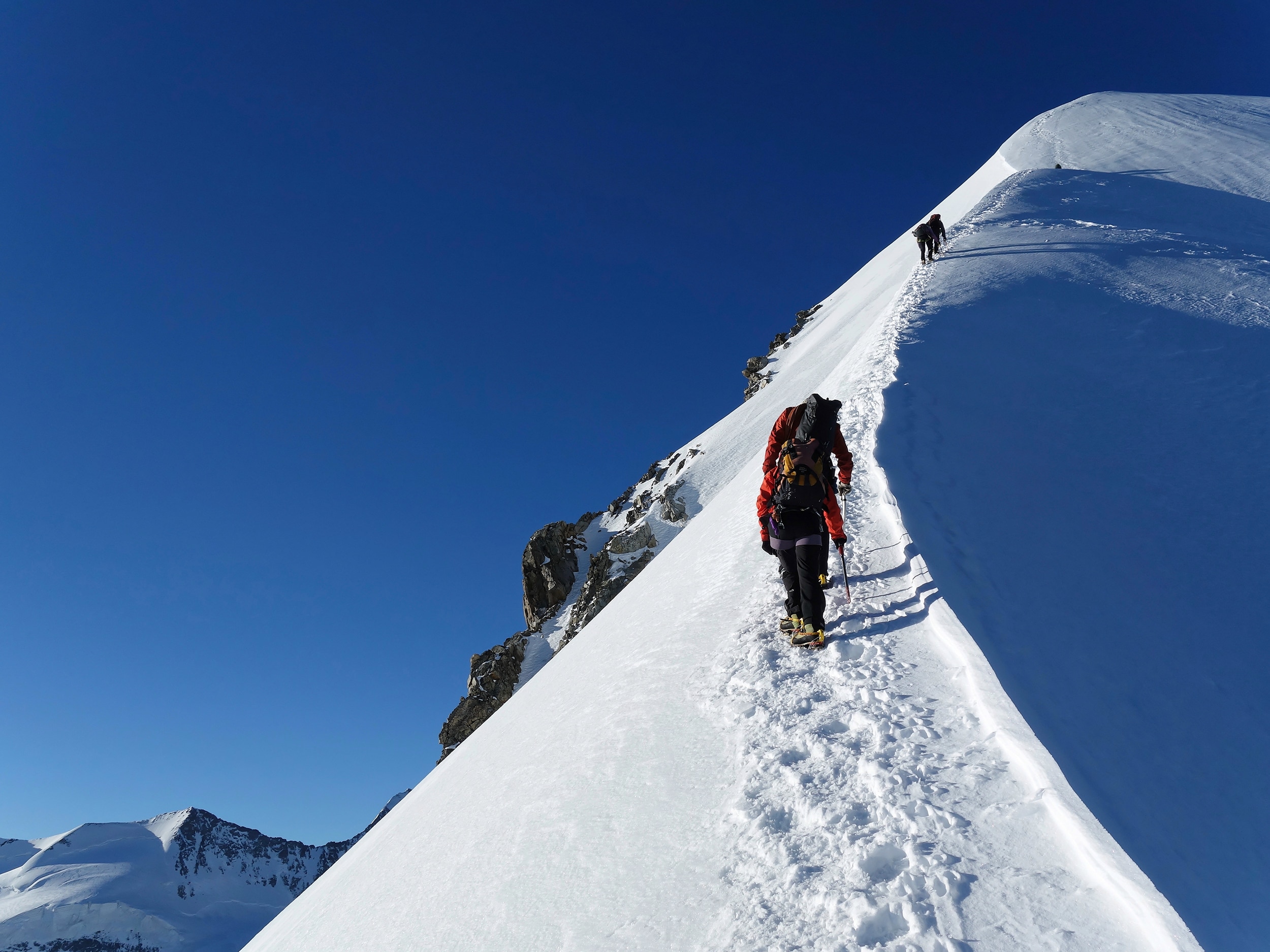 Mountaineering 101More
Mountaineering 101More -
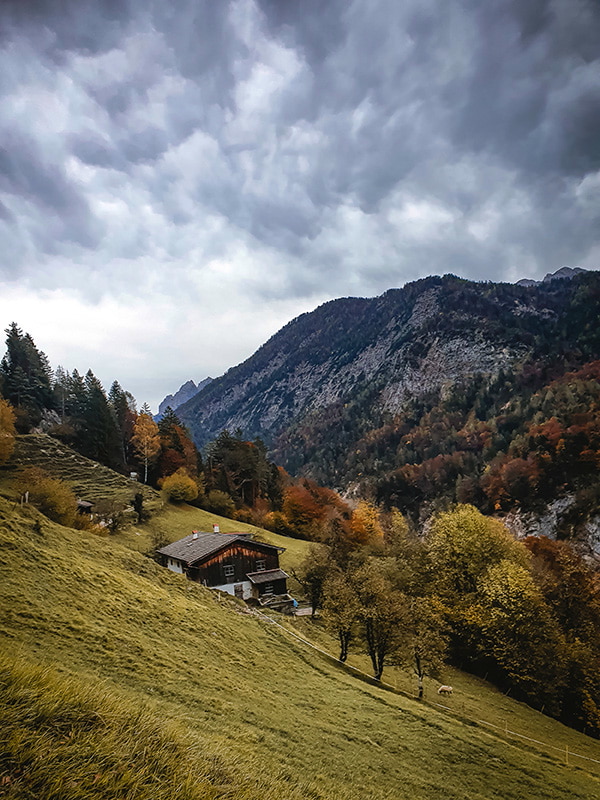 Hut hikesMore
Hut hikesMore -
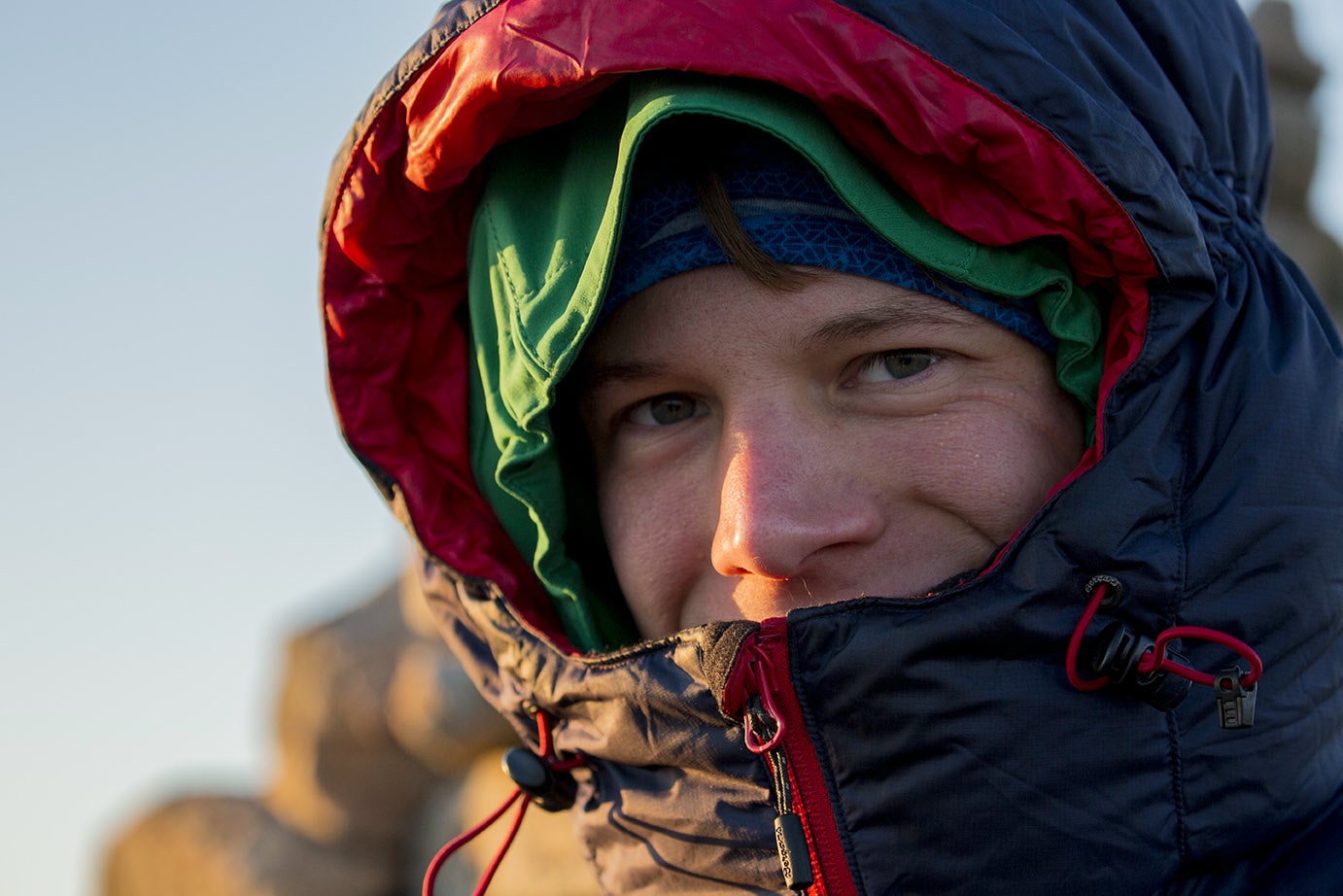 Clothing: Better too warm than too coldMore
Clothing: Better too warm than too coldMore -
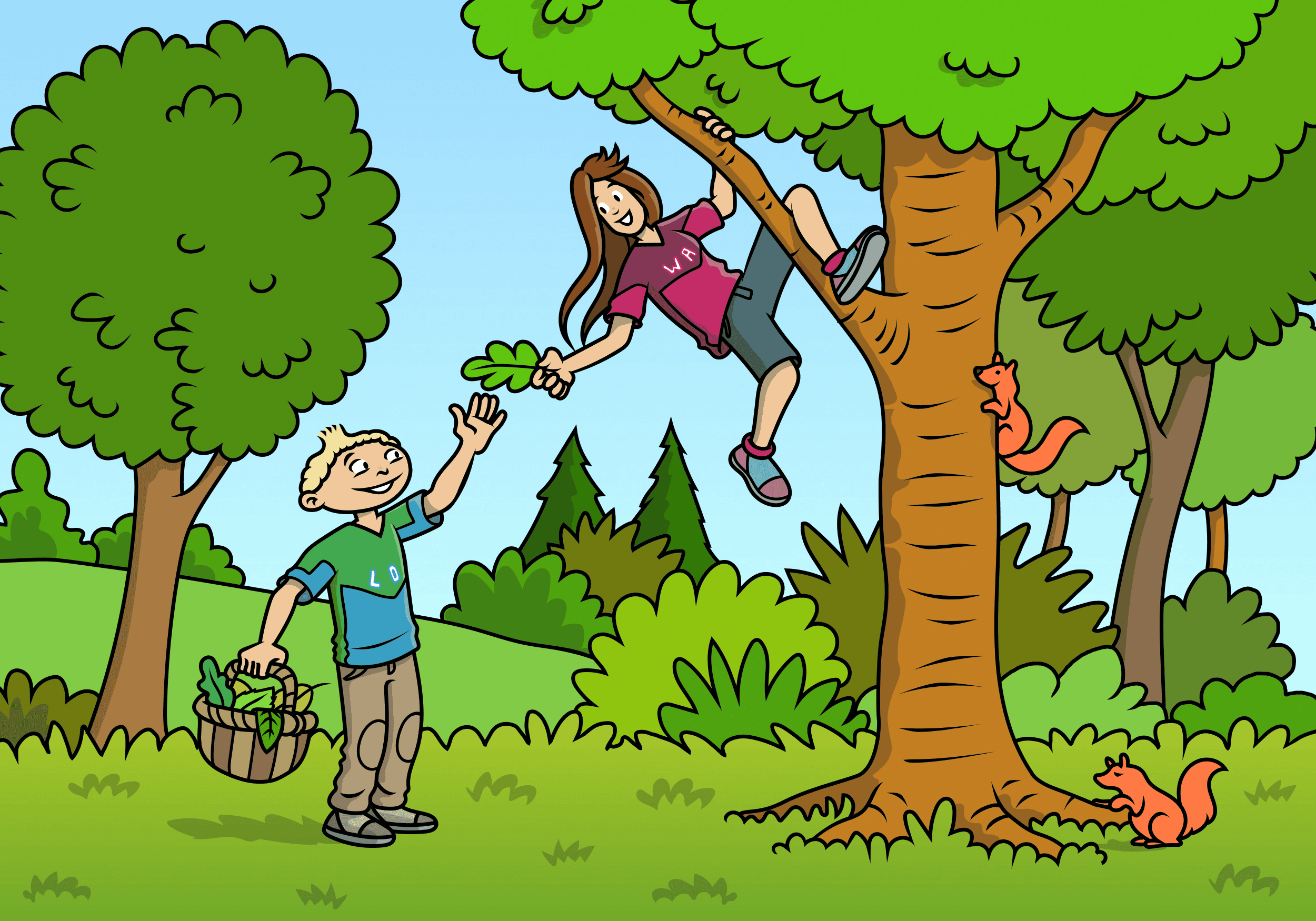 Discover nature with childrenMore
Discover nature with childrenMore -
 Winter hikesMore
Winter hikesMore -
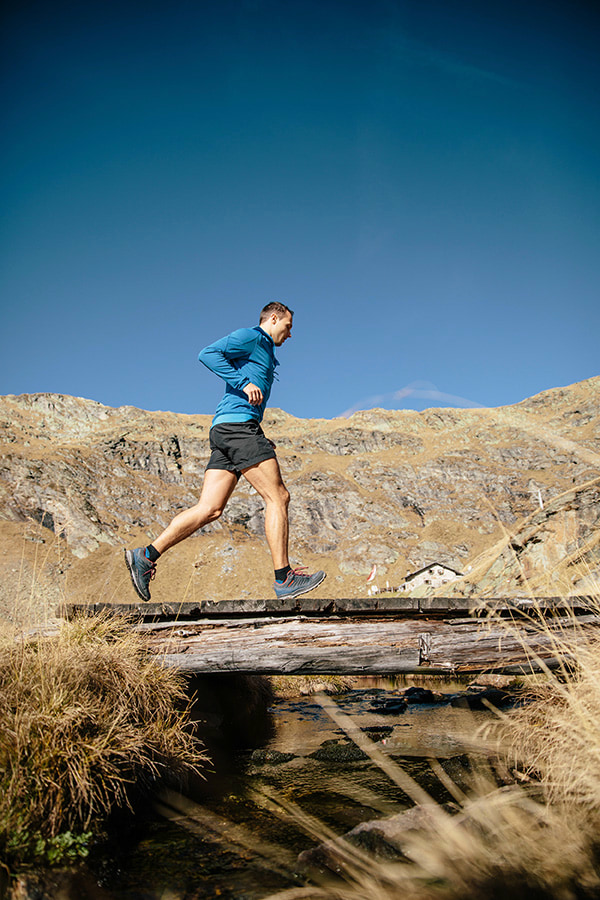 Warm up to get upMore
Warm up to get upMore -
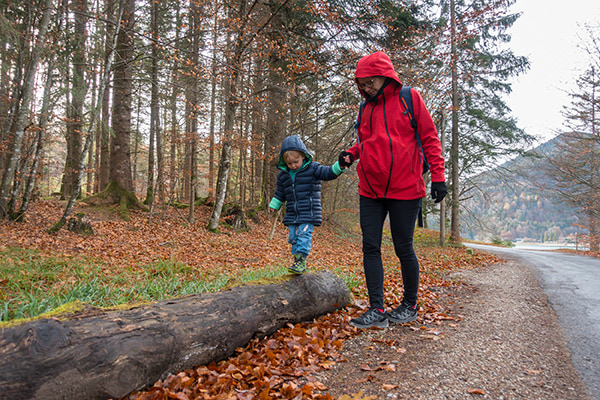 Hiking with children in autumnMore
Hiking with children in autumnMore -
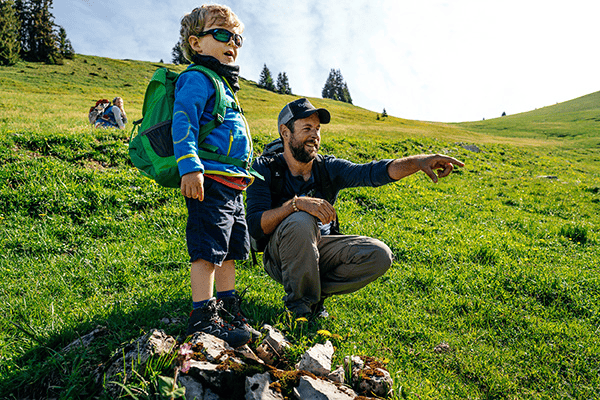 Hiking with childrenMore
Hiking with childrenMore -
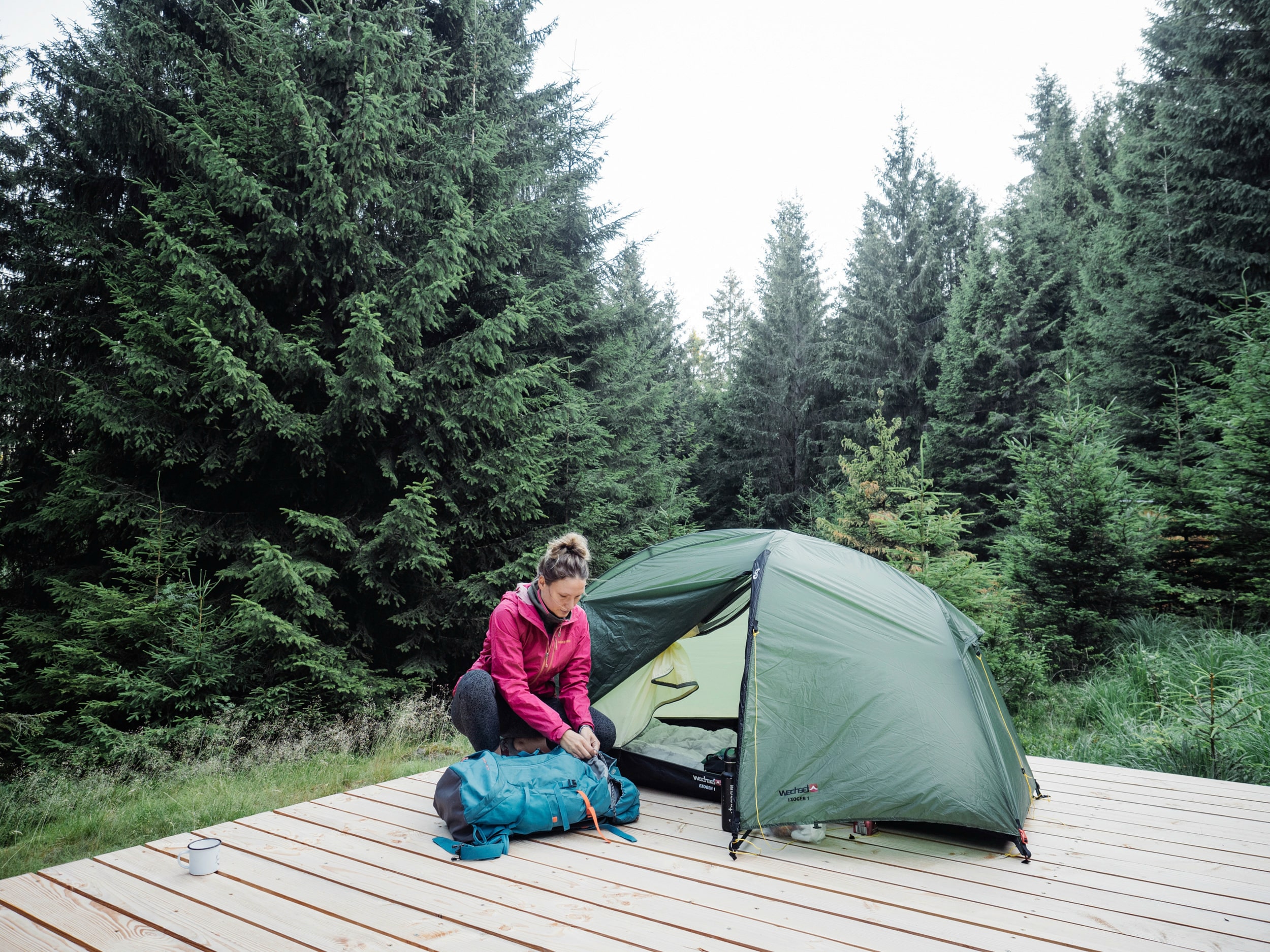 'Wild' camping: Tips for legal trekking in GermanyMore
'Wild' camping: Tips for legal trekking in GermanyMore -
 Great ideas for your snow adventureMore
Great ideas for your snow adventureMore -
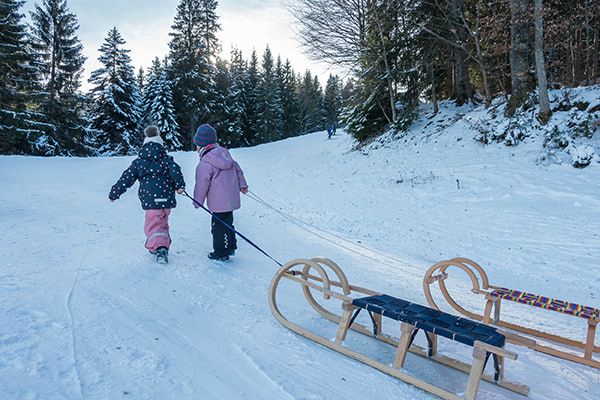 tips for hiking with children in winterMore
tips for hiking with children in winterMore -
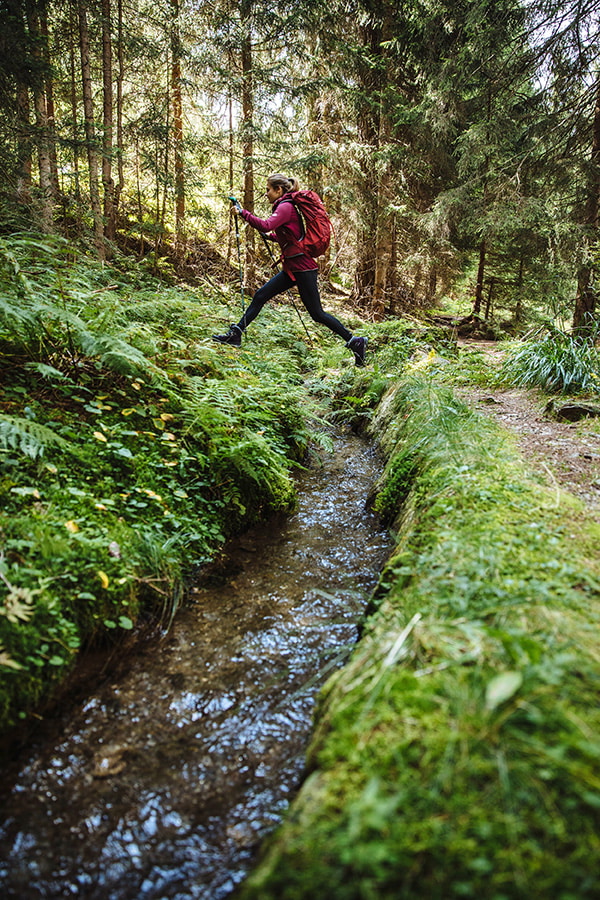 Tips for DIYMore
Tips for DIYMore -
 Tips for preserving biodiversityMore
Tips for preserving biodiversityMore -
 Tips from Digitize The PlanetMore
Tips from Digitize The PlanetMore -
 Tips for sleeping outdoorsMore
Tips for sleeping outdoorsMore -
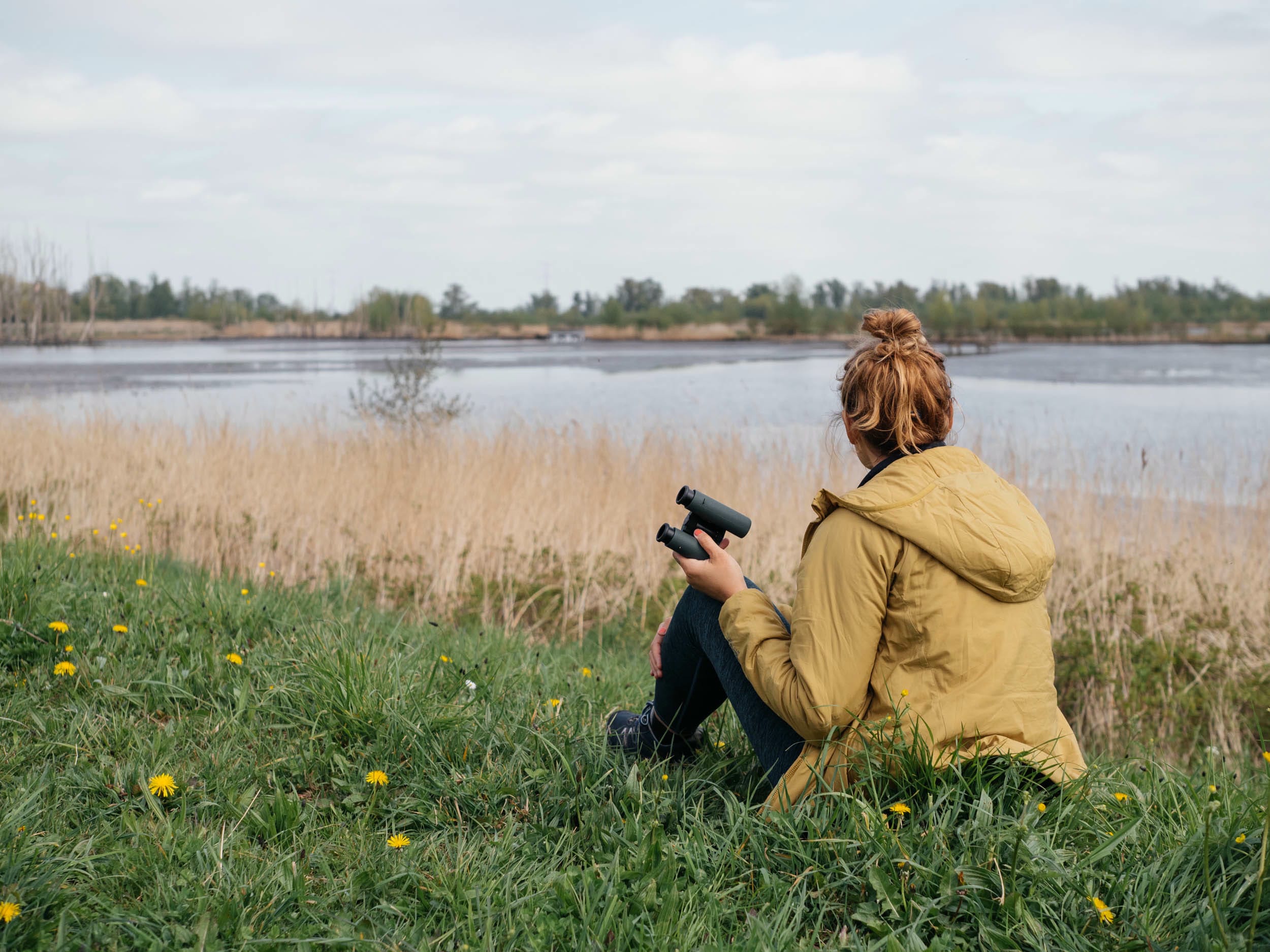 Tips for wildlife observationMore
Tips for wildlife observationMore -
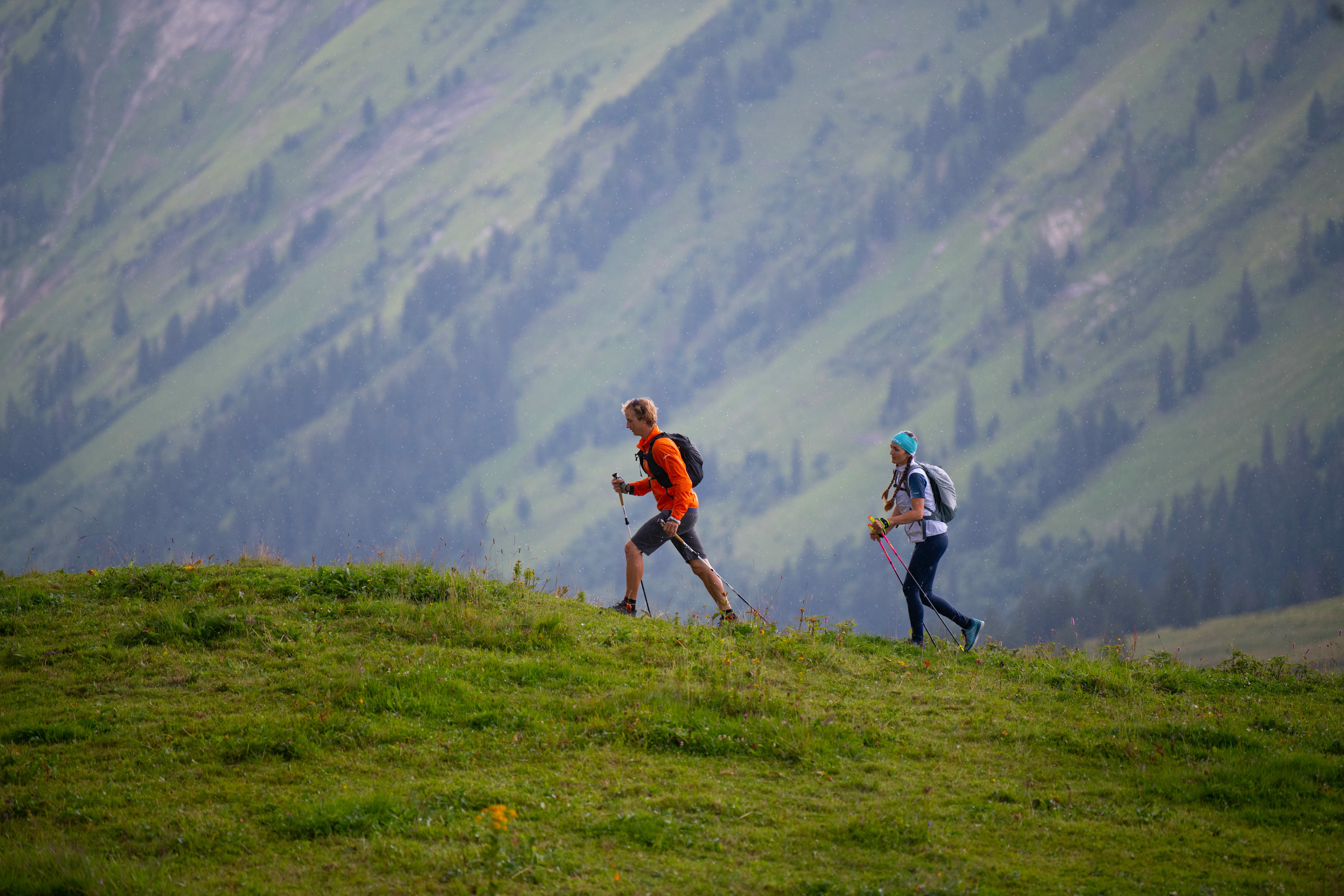 Tips for speed hikingMore
Tips for speed hikingMore -
 Tips for walks through forests and meadowsMore
Tips for walks through forests and meadowsMore -
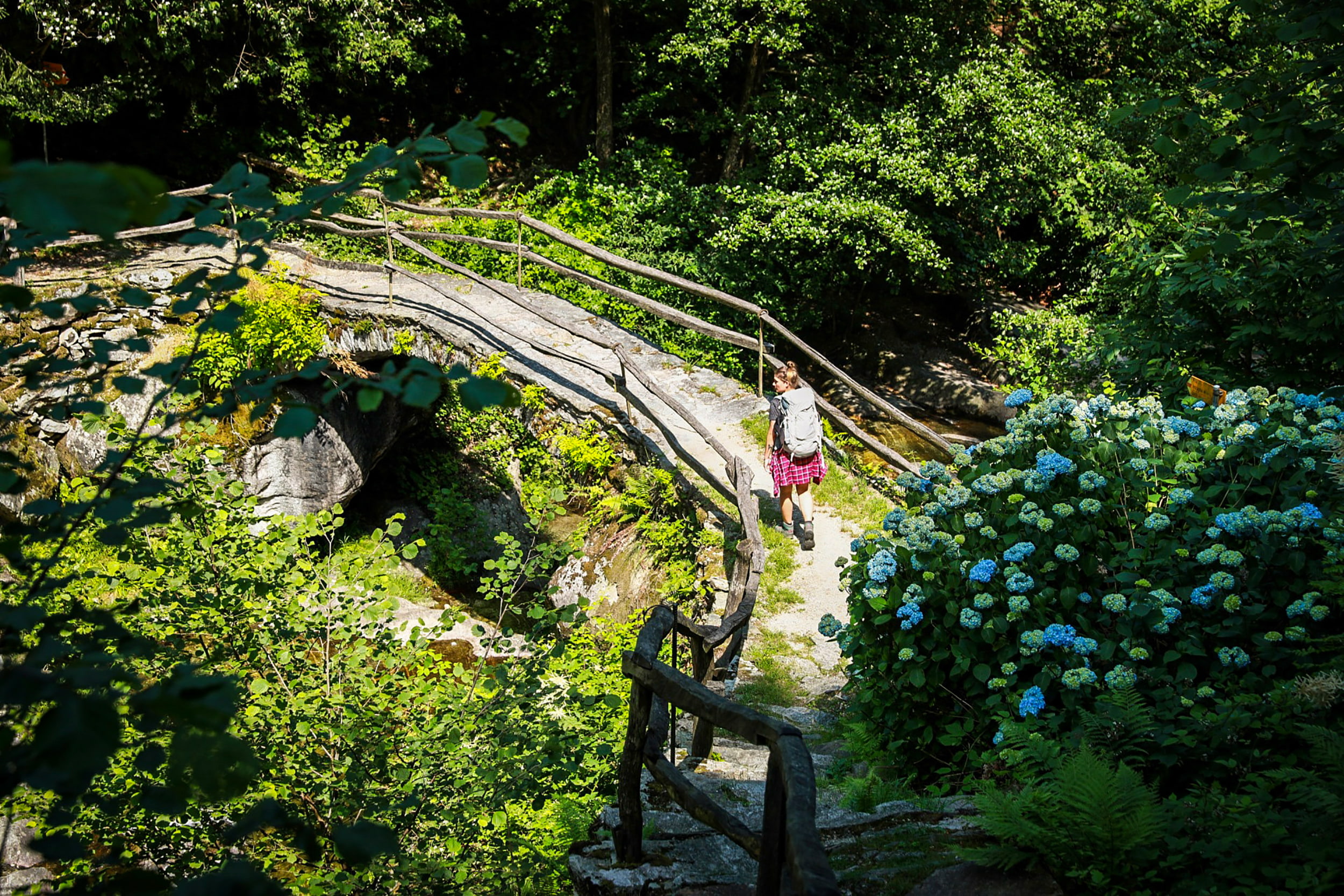 Tips for pilgrimage hikesMore
Tips for pilgrimage hikesMore -
 Tips for hike and fly in winterMore
Tips for hike and fly in winterMore -
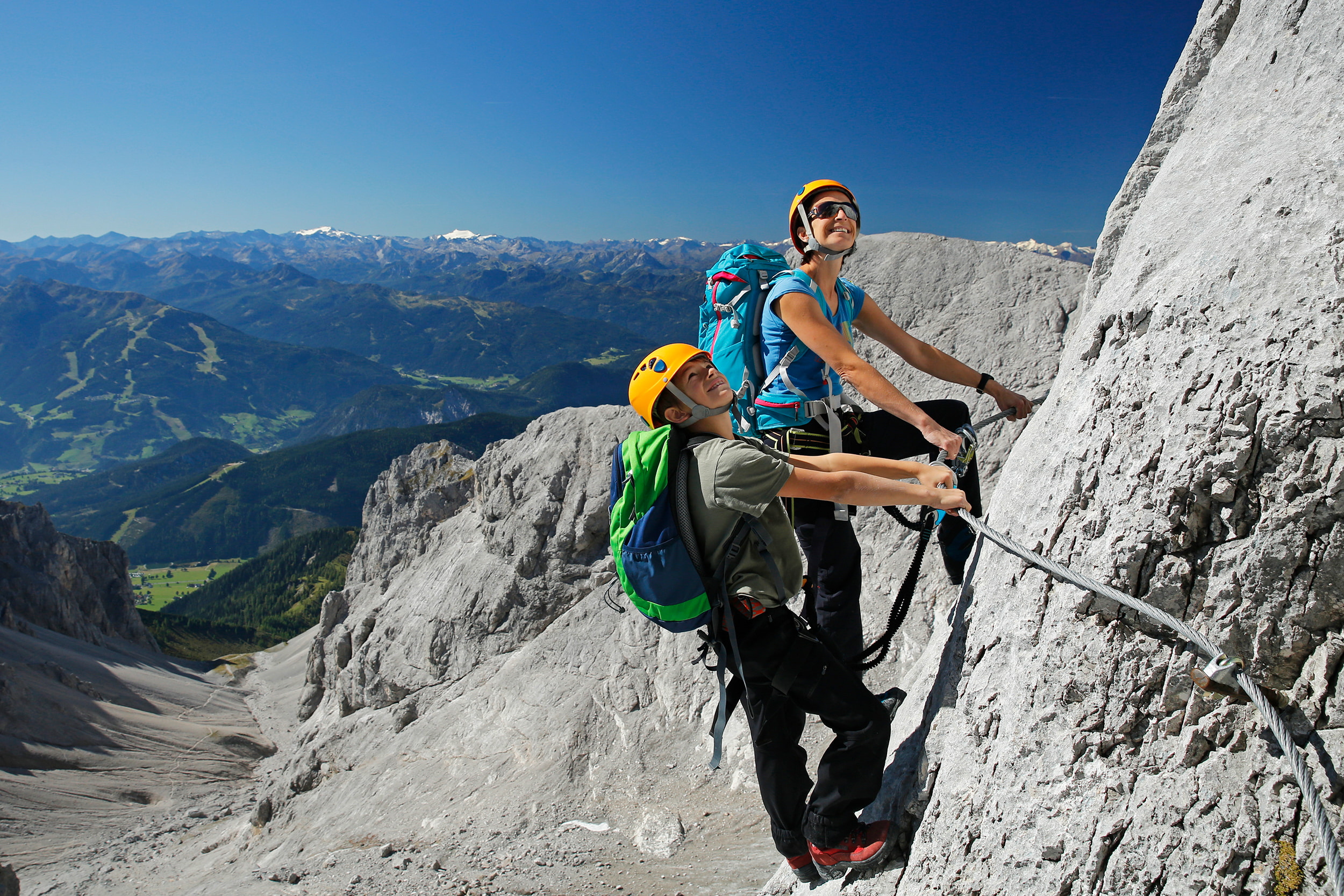 Tips for via ferrataMore
Tips for via ferrataMore -
 Tips for your entry into trail runningMore
Tips for your entry into trail runningMore -
 Tips for your mental healthMore
Tips for your mental healthMore -
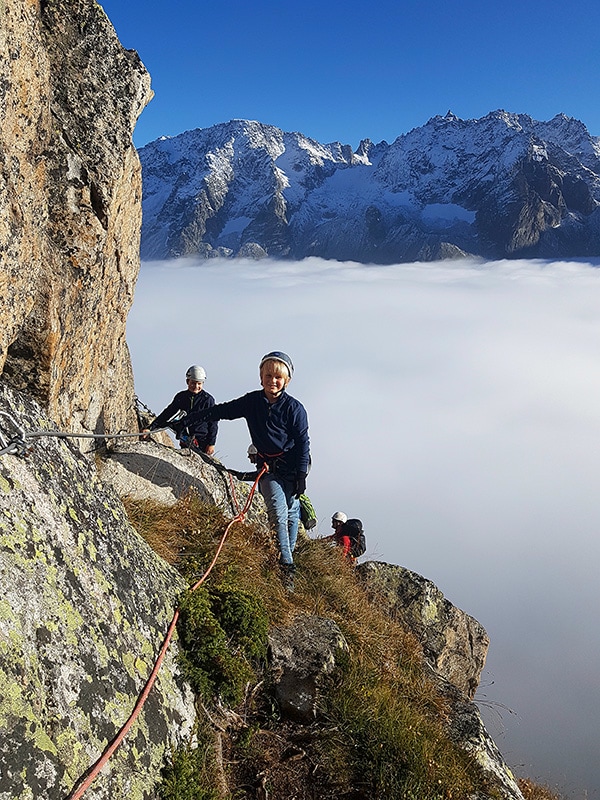 Tips for mountaineering with childrenMore
Tips for mountaineering with childrenMore -
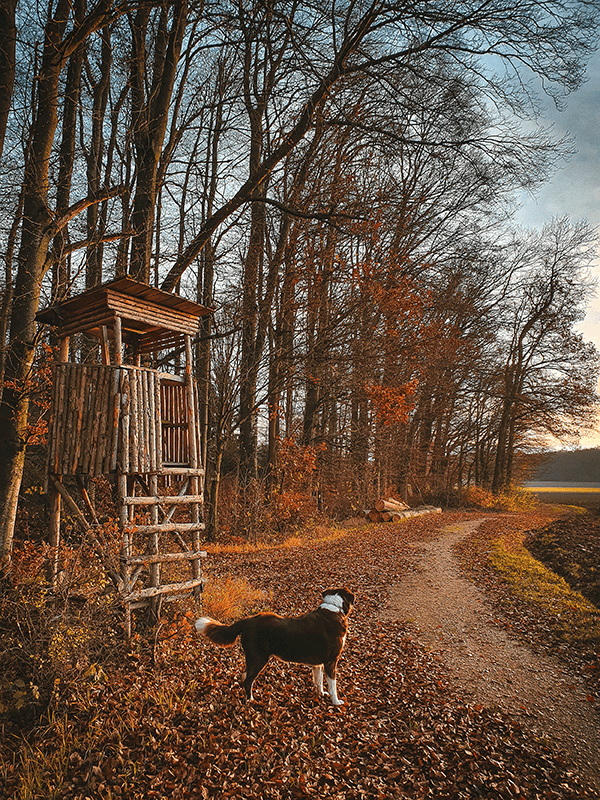 Walks with dogs in autumn and winterMore
Walks with dogs in autumn and winterMore -
 Winter magic walksMore
Winter magic walksMore -
 Safety tipsMore
Safety tipsMore -
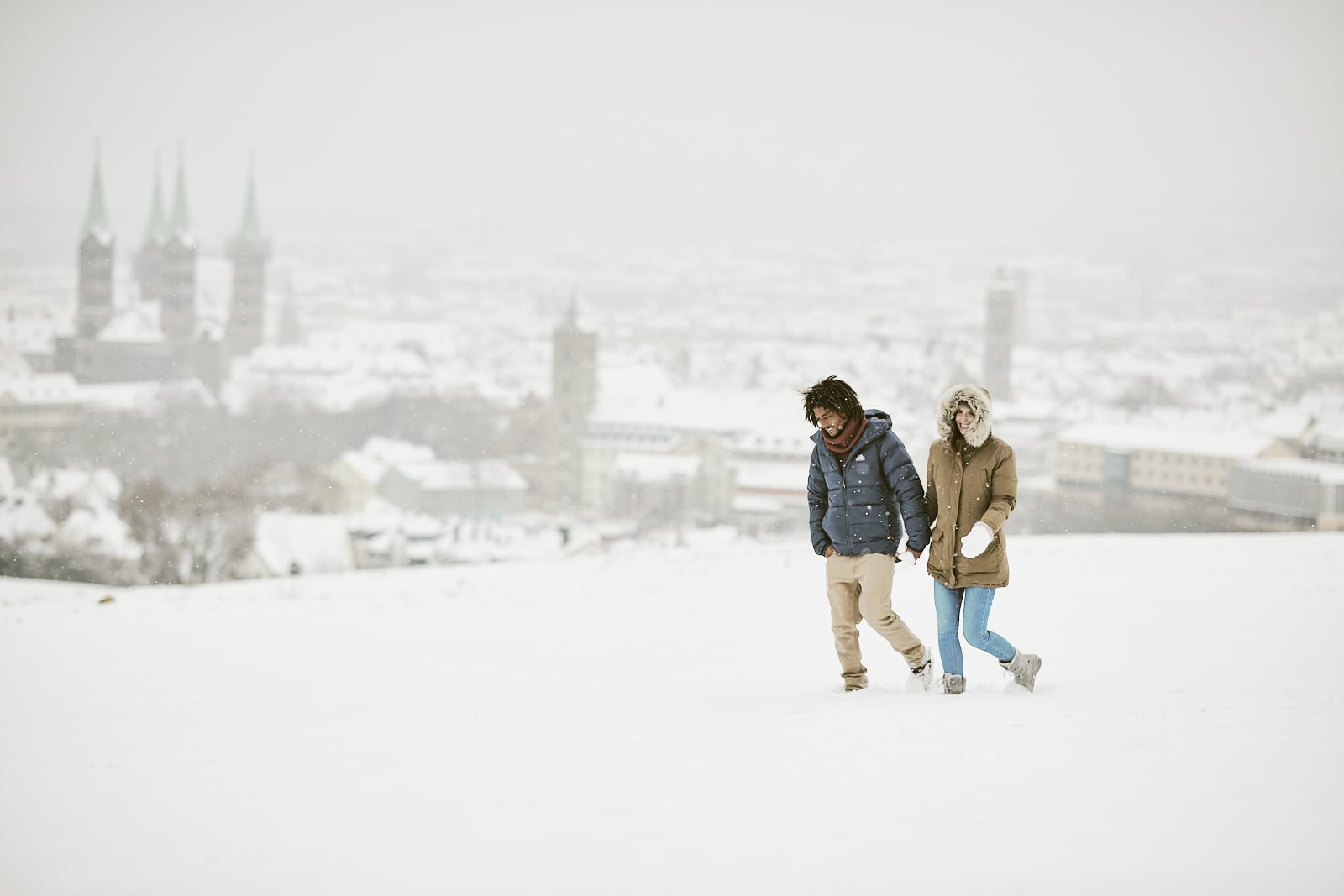 Shoe hacks for the cold seasonMore
Shoe hacks for the cold seasonMore -
 SnowshoeingMore
SnowshoeingMore -
 Rewild your lifeMore
Rewild your lifeMore -
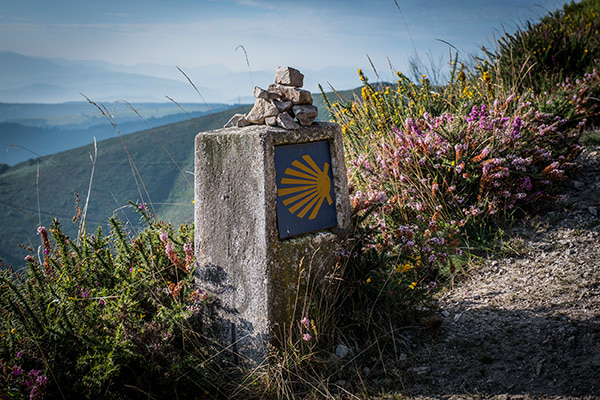 Pilgrimage on the Camino de SantiagoMore
Pilgrimage on the Camino de SantiagoMore -
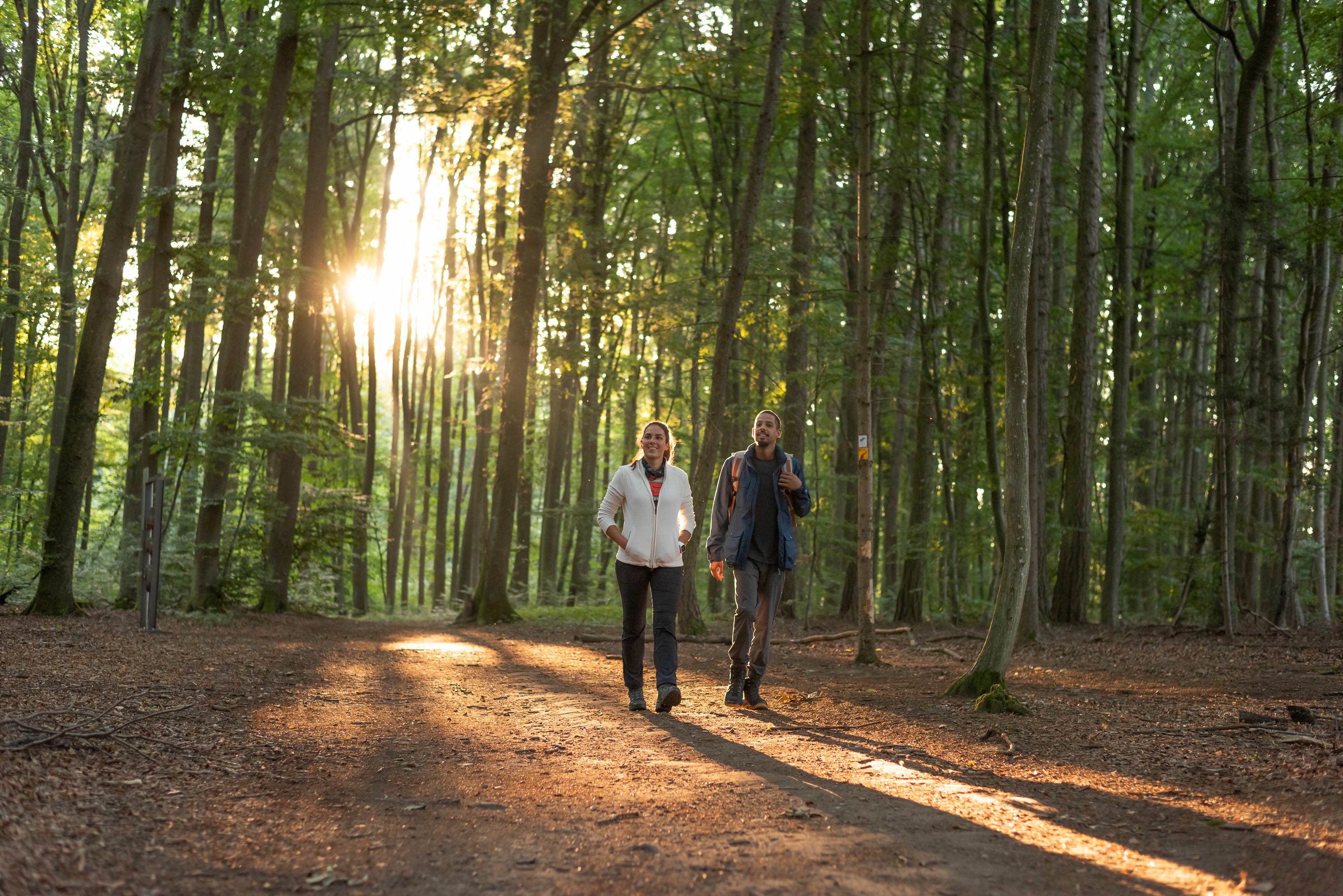 Sustainable hikingMore
Sustainable hikingMore
